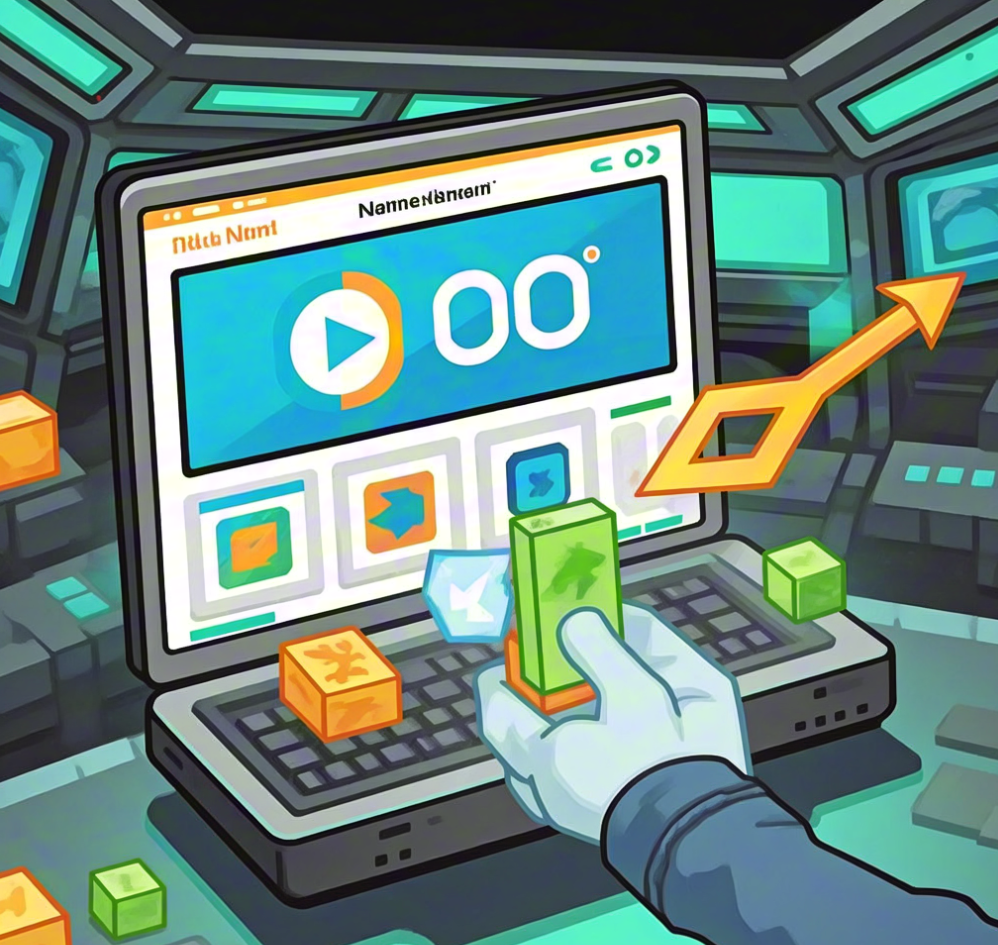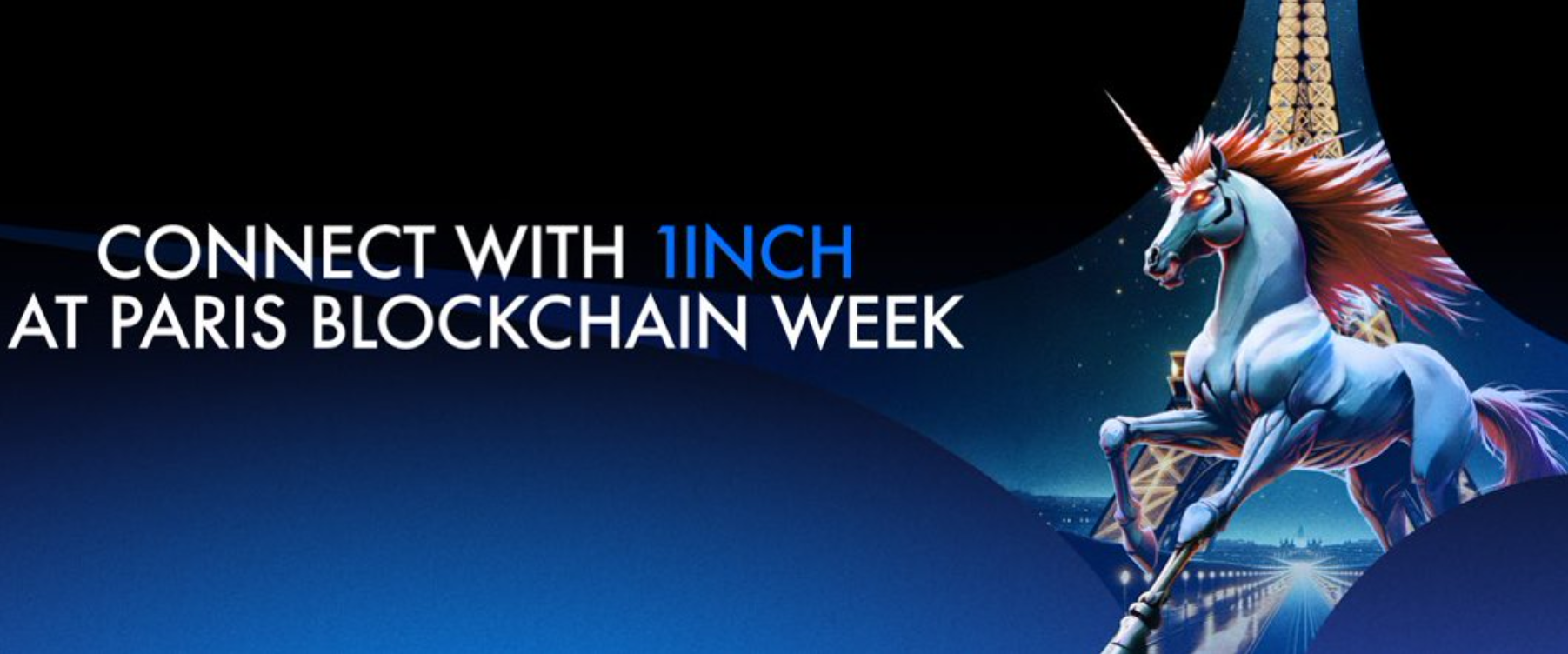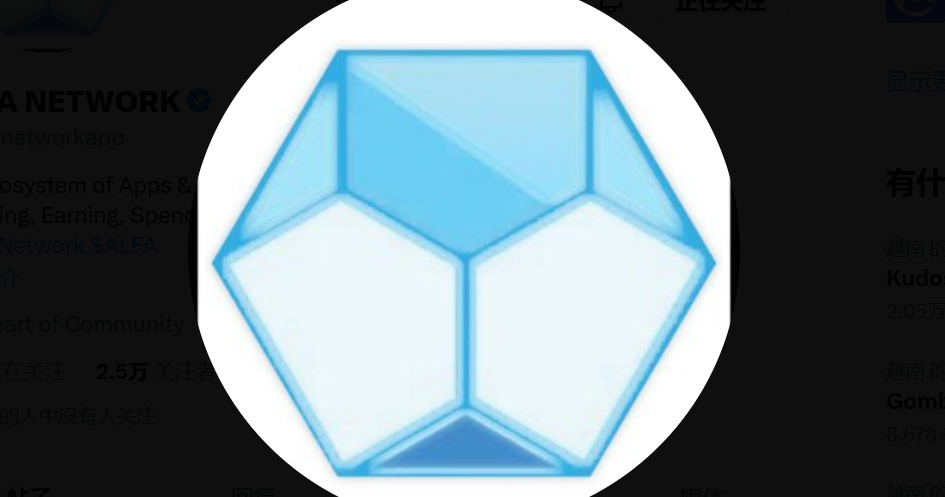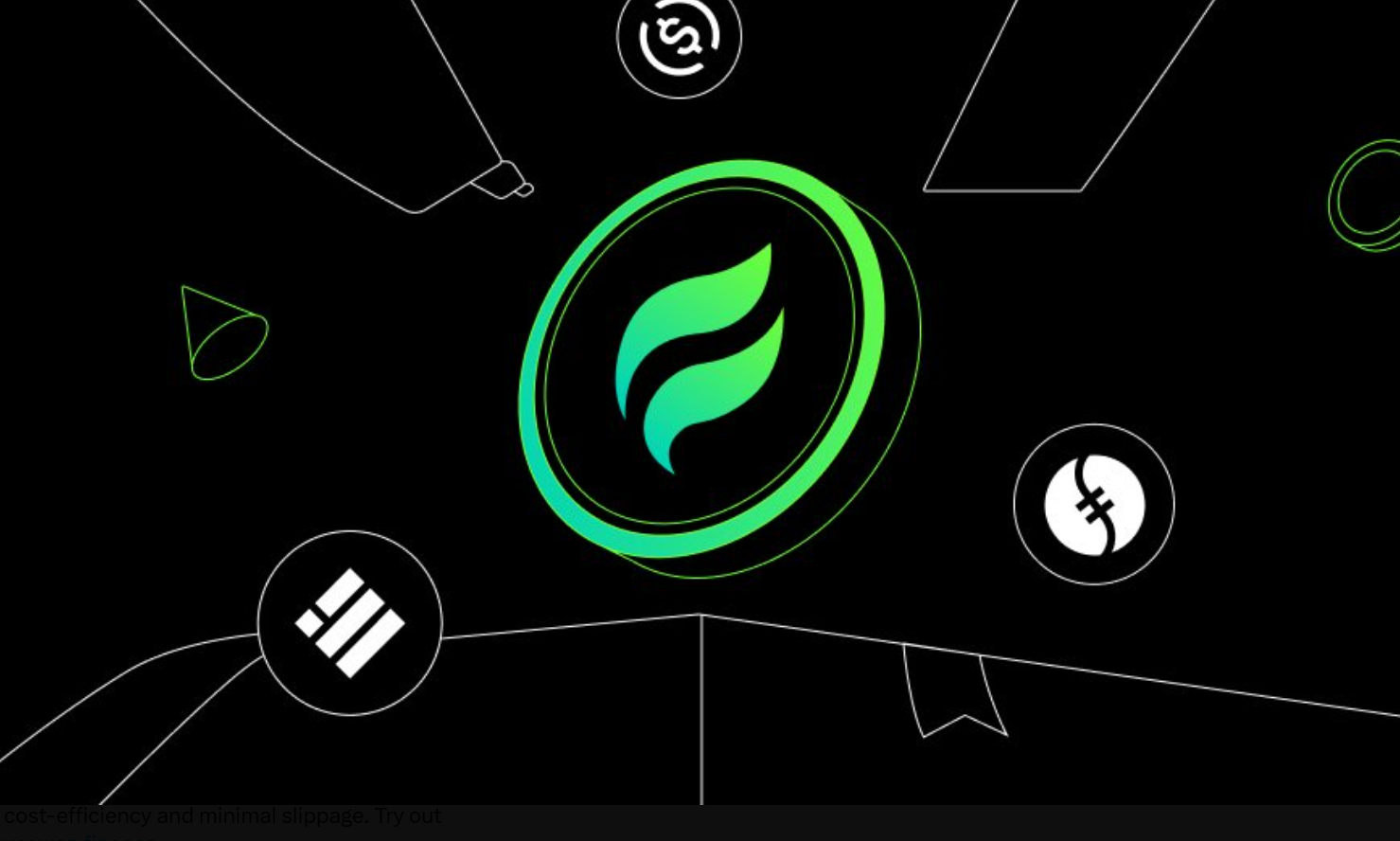From AMM to NFT Trading: The Latest Trend of DEX Platform Function Expansion
Decentralized exchanges (DEXs) are expanding from the traditional automated market maker (AMM) model to include NFT trading functionalities. This article analyzes the background and impact of this trend, introduces platforms like Sudoswap, which are based on the AMM mechanism for NFT trading, and explores the attempts by leading AMMs like Uniswap to incorporate NFT trading. It further discusses the future development of the AMM+NFT fusion.
The Evolution of Decentralized Exchanges (DEX)

Decentralized exchanges (DEXs) were initially designed based on the automated market maker (AMM) model, where AMM automatically executes buy and sell orders through smart contracts without relying on traditional order books. AMM provides liquidity pools for traders, allowing asset exchanges through these pools. Initially, DEXs primarily focused on trading traditional crypto assets like ETH and BTC.
The Rise of NFT Trading and its Integration with AMM

With the rise of non-fungible tokens (NFTs), decentralized exchanges (DEXs) have sought to expand their trading functionalities. NFTs, being unique digital assets representing art, collectibles, virtual real estate, and more, have distinctiveness and scarcity. Due to the unique nature of NFTs, traditional AMM models aren't fully suitable for NFT trading, leading to the emergence of NFT trading platforms combining AMM mechanisms.
For example, sudoswap is an NFT trading platform based on the AMM model, supporting NFT trading through liquidity pools and allowing users to trade more efficiently and at lower costs. Sudoswap's AMM model makes NFT trading smoother while also providing liquidity for NFTs, increasing market activity.
Uniswap's Attempt at NFT Trading

Uniswap is one of the most well-known AMM platforms, offering fast and low-cost trading experiences through liquidity pools. Recently, Uniswap has begun expanding its NFT trading functionality, adding support for ERC-721 and ERC-1155 standards. By integrating NFT trading functionality, Uniswap enables its platform to support not only traditional crypto asset trading but also NFT trading, further broadening its functionality.
Uniswap’s NFT trading feature introduces a mechanism different from traditional AMM models, combining the uniqueness of NFTs with the liquidity of AMM, allowing users to trade NFTs in a more convenient way. This innovation will have a profound impact on other DEX platforms.
The Future of AMM and NFT Fusion
As decentralized exchanges continue to develop, the fusion of AMM and NFTs will become a future trend. By combining AMM mechanisms, DEXs can provide more liquidity to the NFT market, reduce transaction costs, and increase trading efficiency. Additionally, the addition of NFT trading functionalities allows DEXs to offer users more diversified trading options, further enhancing the platform’s competitiveness.
However, the fusion of AMM and NFTs also faces several challenges. Due to the special nature of NFTs, their valuation and liquidity are complex, and how to price NFTs reasonably within AMM and ensure the stability of liquidity pools will be a problem that needs to be addressed. Furthermore, given the high activity in the NFT market, preventing market manipulation and protecting user interests will require more thoughtful design considerations from platforms.
Nonetheless, as technology continues to innovate and markets mature, the fusion of AMM and NFTs will bring new opportunities to decentralized exchanges. In the future, we may see more DEX platforms adopt the AMM+NFT fusion model, further promoting the development of the decentralized finance (DeFi) ecosystem.
















No comments yet